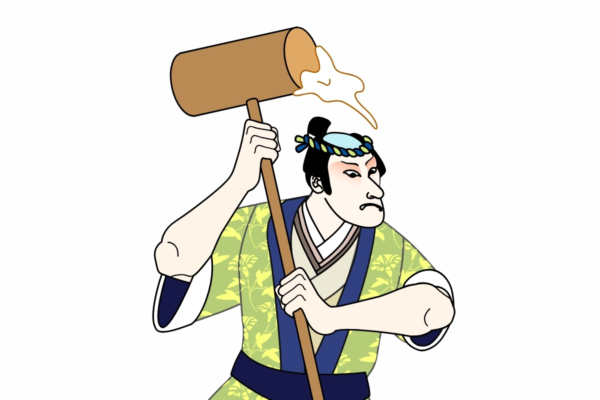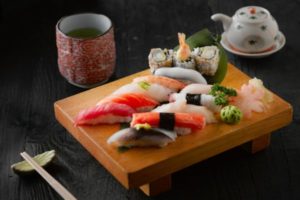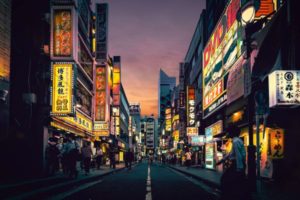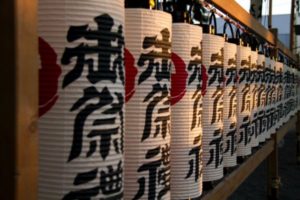Have you ever watched an anime and thought to yourself, ‘I wish that place was real’? Think of that Spirited Away sea railway scene, where the train is gliding along the ocean and supposedly will never return from where it’s going – have you ever wanted to be Chihiro at that moment? Or how about the stunning green forest from Princess Mononoke? Did you know you can actually visit it? Real life Studio Ghibli locations have been found to be the inspiration for some of the greatest works of the anime world, and the locations are just as magical as the scenes!
In this post we will run through just a handful of the different real life Studio Ghibli locations from your favourite animes that you didn’t realise actually existed, ranging from Princess Mononoke on Yakushima island to Shimonada Station from Spirited Away and more!
1. Dogo Onsen – Spirited Away
2. Sea Railway – Spirited Away
3. Sayama Hills – My Neighbour Totoro
4. Takase District – Only Yesterday
5. Arashiyama Bamboo Forest – Princess Kaguya
6. Shimonada Station – Spirited Away
7. Satsuki and Mei’s House – My Neighbour Totoro
8. Yakushima – Princess Mononoke
9. Okinoshima – Castle In The Sky
10. Studio Ghibli Theme Park
Conclusion

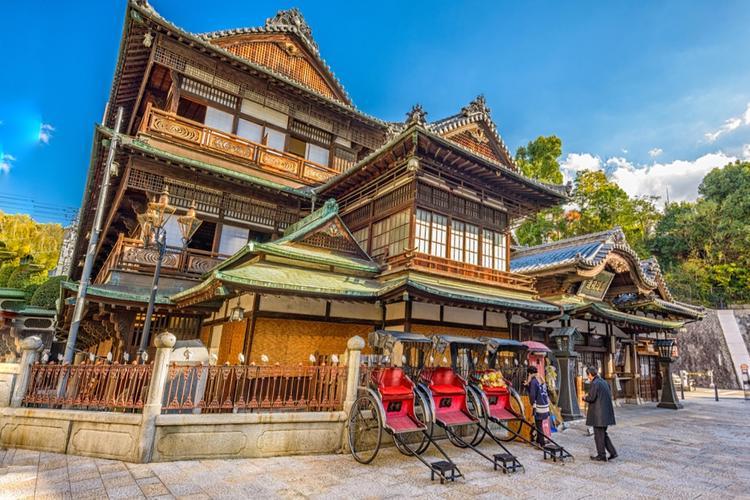
When we think of beautiful scenes and backdrops, one that instantly comes to mind is one of the most stunning animes to date; Spirited Away. Although every scene is a masterpiece, only a handful are actually ‘real’, and Dogo onsen is one of these real life Studio Ghibli locations. Known as the ‘emperor bathhouse’, this historic onsen is located on ‘sleepy Shikoku’, the smallest of Japan’s four main islands. You can find this scene from Spirited Away with little trouble, as it is located in the main city, Matsuyama. Although the resemblance isn’t immediately obvious, the subtle details are what make this onsen the inspiration for the bathhouse in Spirited Away.
Before that though, if you’re entranced by the beauty of this Spirited Away scene, check out the posters below that you can grab directly through the Japan Nakama store:
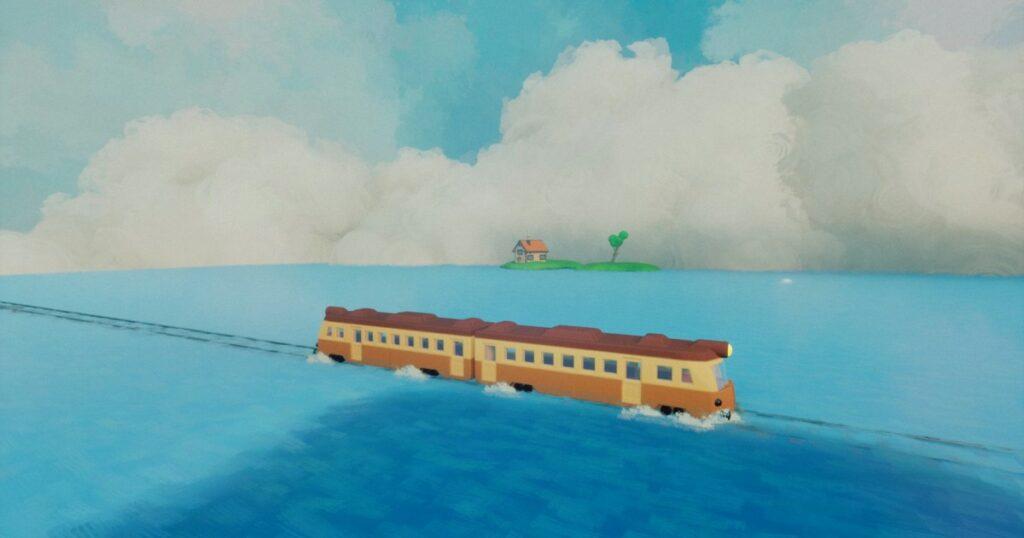
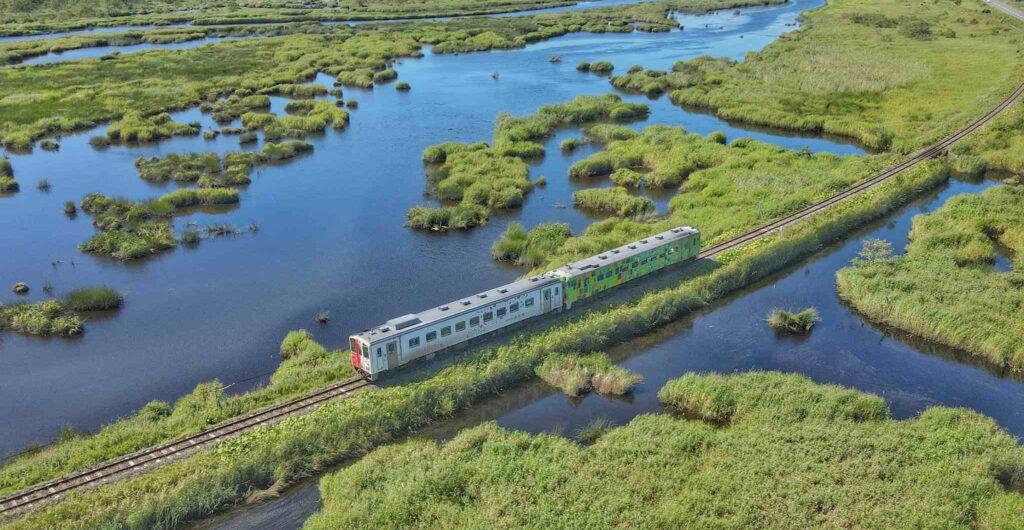
I guess we couldn’t resist another Spirited Away scene… But understandably so, as one of the most significant scenes in this Studio Ghibli masterpiece also happens to have a spookily similar location in real life! Located on Japan’s northern island of Hokkaido, this Studio Ghibli location is almost certainly the inspiration behind Hayao Miyazaki’s stunning train scene.
The area, which can be accessed along the Hanasaki line, is a UNESCO recognised Ramsar site. It is one big wetland ecosytem – but check out that railway! It isn’t hard to see why Hayao Miyazaki could have been inspired by this place. The beautiful reflections cast in the waters and the serene backdrop make this a truly magical location.


Nicknamed ‘Totoro forest’, I don’t think there is any ambiguity – this is a certified real life Studio Ghibli location! Sayama Hills is a 3,500 hectare mix of lush forests, farms and fields. The forest stretches across Saitama and Tokyo prefectures. Consequently, if you’re anywhere in the area, you can immerse yourself in the world of Totoro.
If Totoro forest is bringing back the urge to rewatch My Neighbour Totoro, don’t worry; try immersing yourself in the scenes of Hayao Miyazaki’s anime a different way by closing your eyes and enjoying the gentle music of your My Neighbour Totoro music box!
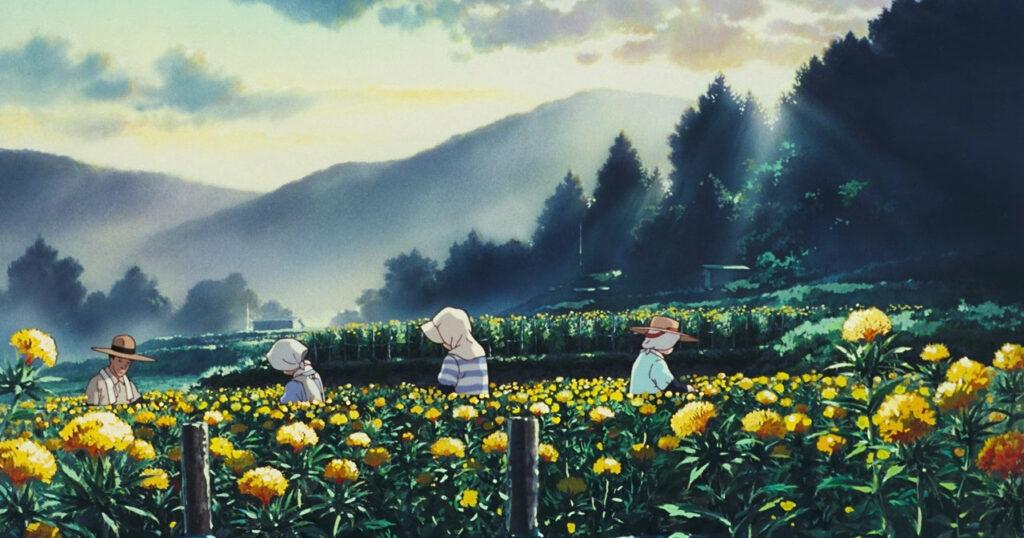
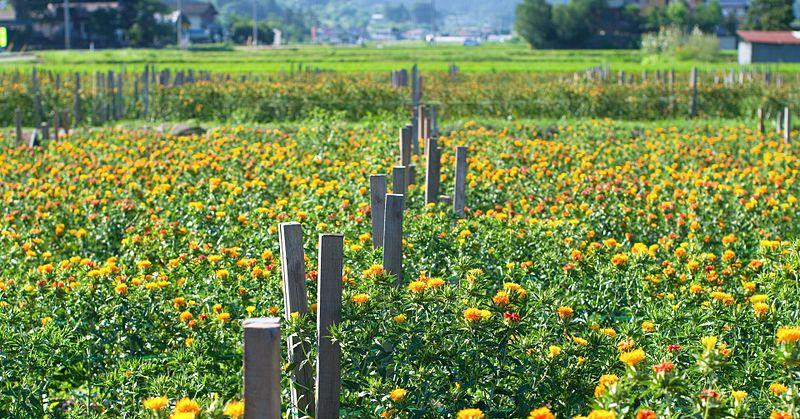
Well how about this for a classic Studio Ghibli movie? For those who have seen this lesser known gem from Studio Ghibli, the Takase district seems almost too similar to the scenes during the countryside holiday of Taeko. This is one of the easier Studio Ghibli locations to access from this list, as Takase is located in Yamagata prefecture which is a 2 hour shinkansen ride from Tokyo.
The beautiful yellow flower fields from Isao Takahata’s movie are also accessible to visitors, so make sure you hike through the Takase district of Yamagata to take in the vibrant saltflower scenes.
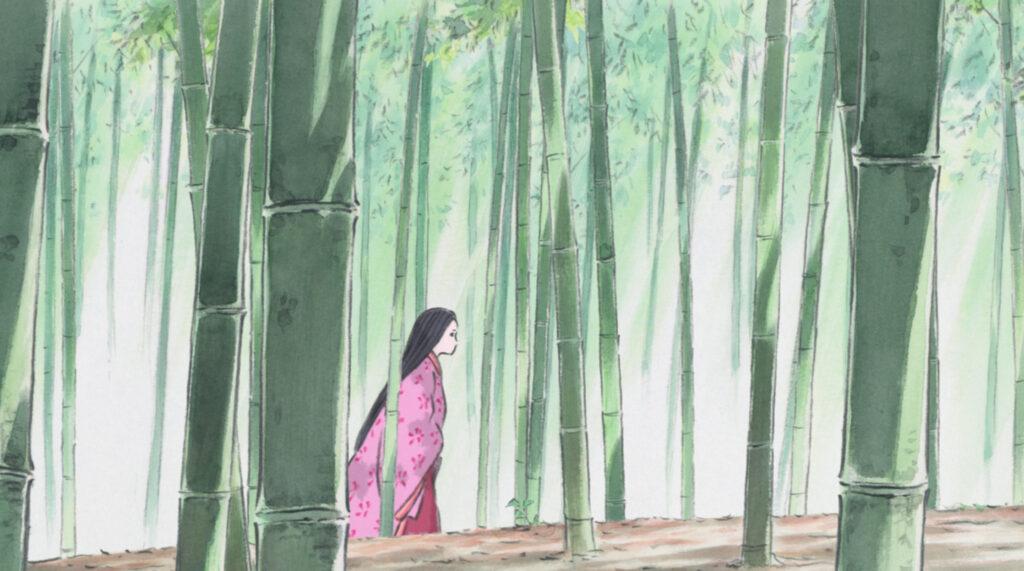
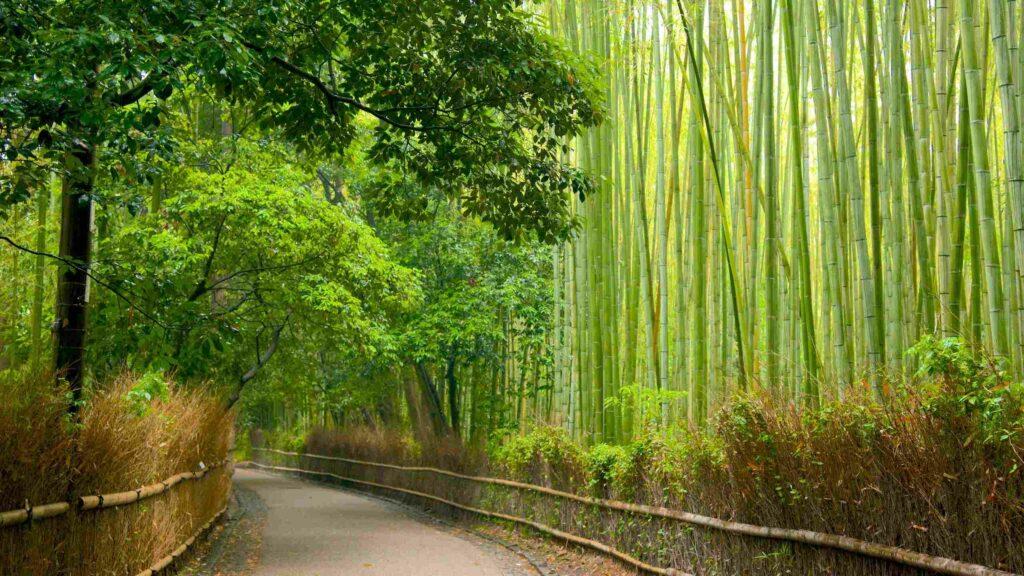
Another lesser known anime on this list, Princess Kaguya is a stunning animated version of the traditional Japanese folk tale ‘The Tale of The Bamboo Cutter’. This Studio Ghibli remake encaptures Princess Kaguya in a tranquil bamboo forest… But where is it?
Arashiyama Bamboo Forest is one of Japan’s most iconic locations, but did you know the scenes from the movie were inspired by Arashiyama? Don’t worry too much about getting there either, as it sits only a couple of minutes walk away outside of Kyoto.
Another mysterious Studio Ghibli location uncovered then, but how about growing your own miniature bamboo forest? Check out this bamboo seedling pack from the Japan Nakama store!


Does this train station look familiar?
Yes, we’re back on the sea railway of Hayao Miyazaki’s Spirited Away. This is the final Spirited Away location on this list: Shimonada Station, Iyo, Ehime prefecture. Ok, it is a little out of the way, but this is the perfect opportunity to spend a few days exploring Shikoku, as Shimonada and Dogo Onsen are actually both in Ehime!


This one looks eerily similar in real life doesn’t it… Well, I suppose this is cheating a little, since the Studio Ghibli location inspired the real one instead! This way you’re actually in the anime.
Located in Studio Ghibli Aichi Expo Park, Nagoya city, this is really the most realistic opportunity you’ll get to experience the feel of Satsuki and Mei’s house from My Neighbour Totoro. This is as ‘real’ as Studio Ghibli locations get, but don’t stop here, Aichi Expo Park is one big Ghibli fairytale so explore what else the area has to offer.
(Note that changing entry requirements may alter ticket rules, so check here: https://www.aichi-koen.com/moricoro/)

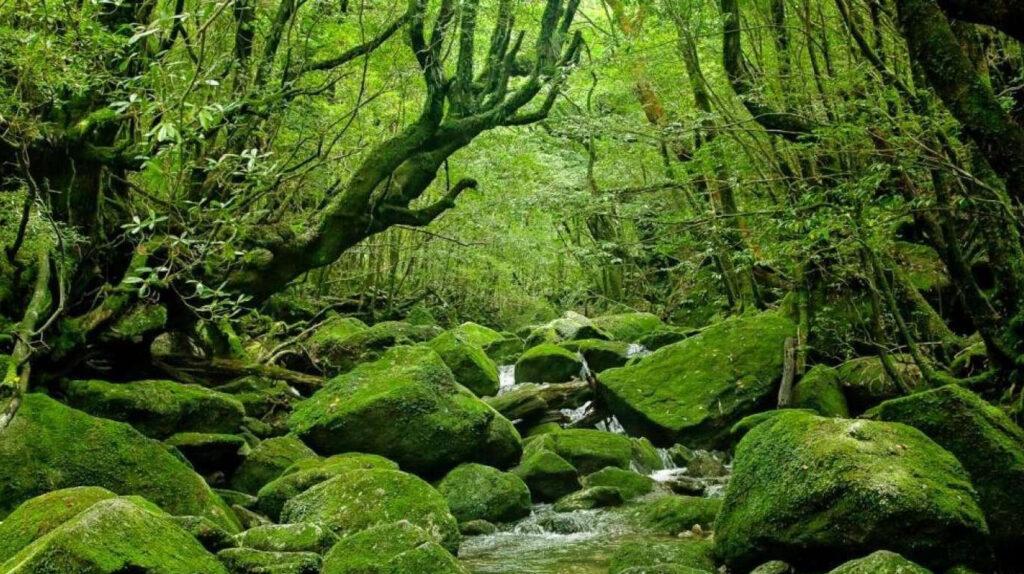
Any Princess Mononoke fan will have undoubtedly noticed the luscious forest we see in the film. This may be the most out of the way location on this list, but it certainly isn’t one to miss. The forest is located on Yakushima island, Kagoshima prefecture.
The realistic way to achieve a one-day trip to and from the island is by taking one of the high-speed ferries from Kagoshima. For a more precise location you’ll be sure to recognise, search the signs for ‘Shiratani Unsuikyo’ once you are on the island!


Coming towards the end of this list, we just can’t end without a Laputa: Castle In The Sky Studio Ghibli location! Maybe my comment on Yakushima island was a lie; this one is a bit of a headache to reach too. However, the logistics are nothing compared to the unique experience you will be immersed in on the former Japanese imperial army islands, Okinoshima. The most common routes to the islands are through either Wakayama port or Osaka.
Actually, Okinoshima is just one island from the Tomogashima chain, but it truly is the most stunning, with the red brick building resembling Castle In The Sky wonderfully – just watch out for the snakes!

I felt we couldn’t end the blog without it, so although it isn’t technically a place that has inspired a Studio Ghibli location, it sure does a good job of immersing you into the magical world! Only recently opened, (and still under construction for upcoming areas) Ghibli land is an incredible opportunity for you to squeeze in as much magic as you can, experiencing areas such as Dondoko forest, the ‘Hill of Youth’ and Ghibli’s grand warehouse.
Oh, and Satsuki and Mei’s house again, so if you can’t make it to Aichi Expo Park, this is the best alternative.
What was your favourite Studio Ghibli location on this list? Were you shocked that some of them were real places? I hope you found this blog useful as a starting point for your Studio Ghibli location hunting journey, and make sure to regularly check back on the Japan Nakama blog page for other interesting, perhaps even eye-opening articles!
In the meantime, if you were entranced by any of the locations discussed today, or just want to revamp your bedroom walls, check out the blog below for the best Anime Prints you can’t resist:
https://www.japannakama.co.uk/anime-prints-you-need-right-now/
Alternatively, check out this Studio Ghibli Land tour video:






















